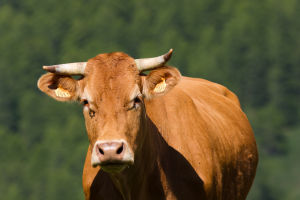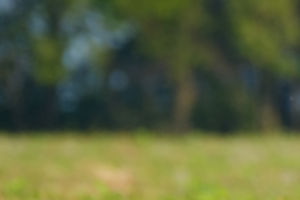The white butterfly is also known as the "vegetable pink butterfly".
The adult butterfly's body is also divided into three parts: head, thorax and abdomen, with two pairs of wings on the thorax and various colors and patterns on the wings made up of scales.
The butterfly is a fully metamorphic insect, and its life includes four stages: egg, larva, pupa and adult.
The habitat is extensive, but mainly revolves around the plants on which they depend, including nectar plants and host plants.
The former are the flowering plants that the adult butterflies feed on for nectar, and the latter are the plants that the larvae eat.
The butterfly is a member of the family Lepidoptera.
The larvae of the butterfly are used as larvae and are commonly known as the "vegetable borer".
It has many host plants, but mainly affects kale, cabbage, rape, radish, etc. of the crucifer family.
There are many kinds of pink butterfly Oviposition, and there are 12 kinds of parasitic amnesty bees, such as the red-eyed wasp, and the micro-red velvet cocoon wasp.
The vegetable pink butterfly velvet cocoon wasp, and the butterfly chrysalis golden wasp.
The larval stage of the parasitic wasps are mainly red velvet cocoon wasps, egg parasitic wasps are mainly red-eyed wasps.
The larvae feed on plants of the cruciferous family, legume family, and white flowering tea family, and are a major pest in vegetable horticulture.
The butterfly is found all over the world.
The host plants of the butterfly are many, and there are 9 families and 35 species of plants in the Cruciferous, Asteraceae and Liliaceae families.
But mainly cruciferous plants, and the thick-leaved kale and cauliflower are its most preferred hosts, followed by cabbage, radish, mustard, rape and other cruciferous vegetables.
It can be seen that the vegetable butterfly is an oligophagous pest.
The larvae of the butterfly are harmful to vegetables.
The 1-2-year-old larvae only eat the flesh of the leaves, leaving a layer of transparent epidermis, while the 3 year old larvae and above can eat the leaves into notches, and in severe cases, they can eat all the leaves, leaving only the veins and petioles.
If the seedling is damaged, the whole plant will die.
In addition, larval damage causes many wounds, which is conducive to the invasion of soft rot bacteria, causing the prevalence of soft rot disease.
In recent years, vegetable pink butterfly has developed from spring and autumn to the extent of rampant damage throughout the growing season.
Due to the large amount of eggs laid and the dense occurrence of larvae, the damage to vegetables has become more and more serious and has become the most important vegetable pest.
Adult vegetable butterflies are active during the day, especially at noon on sunny days.
The eggs are laid on the front or back of the leaves, but mostly on the back of the leaves in summer and on the front of the leaves in winter.
The adults obviously tend to lay eggs on cauliflower and kale, followed by cabbage and choy sum.
The main reason why the butterfly likes to lay eggs on such plants is that such vegetables contain mustard oil glycosides, which can attract adults to lay eggs.
Each female lays 100 to 200 eggs, with more than 500 eggs, and the overwintering generation and the first generation of adults lay a larger number of eggs.
The eggs are yellowish and pile up together. First hatchlings feed on the egg shells and then on the leaves, while the first and second instar larvae have the habit of dropping down by spitting silk.
When the larvae are old and mature, they crawl to a hidden place, first secrete mucus to fix their hip feet, then spit silk to wrap their bodies, and then pupate.


